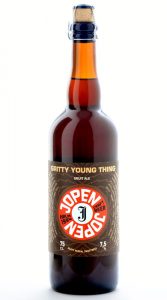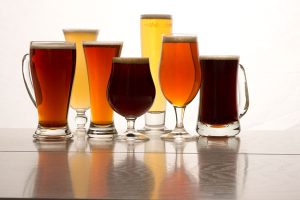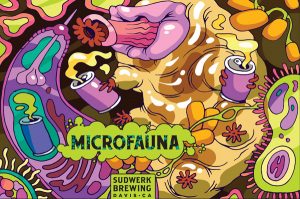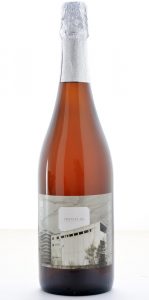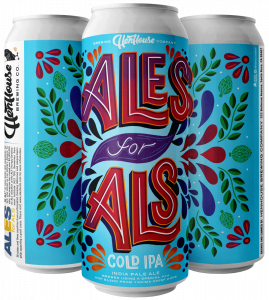 I’ve probably had a few beers labeled “Cold IPAs” over the past year or two, but sitting with my wife at HenHouse Brewing here in Petaluma and drinking their new Ales for ALS beer—a “Cold IPA” with Ahtanum, Citra, Ekuanot, and Loral hops—was the first time I’d stopped and asked myself what a Cold IPA actually was. I’m pretty sure I’d been thinking of the Brut IPAs and India Pale Lagers of the past, and wrote Cold IPAs off as “this too shall pass.”
I’ve probably had a few beers labeled “Cold IPAs” over the past year or two, but sitting with my wife at HenHouse Brewing here in Petaluma and drinking their new Ales for ALS beer—a “Cold IPA” with Ahtanum, Citra, Ekuanot, and Loral hops—was the first time I’d stopped and asked myself what a Cold IPA actually was. I’m pretty sure I’d been thinking of the Brut IPAs and India Pale Lagers of the past, and wrote Cold IPAs off as “this too shall pass.”
So… after reading way too many articles on the topic, the best I can make sense of this is as follows: Cold IPAs tend to use adjuncts (corn, rice, etc.) in their malt bill but generally avoid caramel/crystal malts; they are firmly hopped like a West Coast IPA, usually with a lot of dry hopping; and they’re fermented with either lager yeast or a combo of ale and lager yeasts, at a slightly warmer temperature (for lager yeast) than usual to avoid sulfur production. I’m not convinced that there’s any real clear distinction between Cold IPAs and India Pale Lagers, as the arguments of “Cold IPAs are hoppier” and “Cold IPAs don’t have sulfur” overlook the reality that there were hoppy-ass and low-sulfur IPLs well before anyone smashed the words “cold” and “IPA” together… But I think maybe I’ve seen too many IPAs for one lifetime.
That all said… Beers aiming for this particular part of the flavor spectrum can be pretty darn tasty and focused in their intent: crispy, clear, distraction-free showcases of HOPS. And it’s kinda hard to argue with that. This curiously hopped HenHouse one was delicious.

